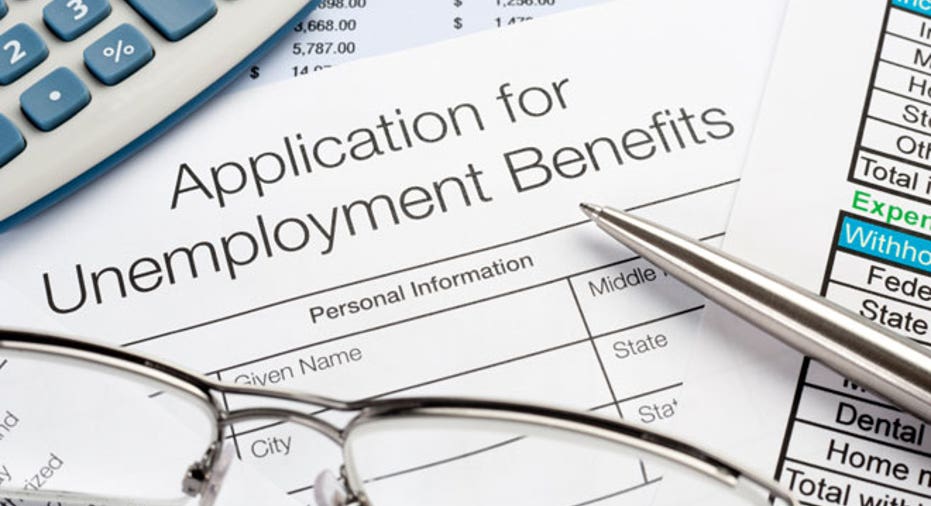Lousy Jobs Numbers Raise Specter of New Recession

Terrible May jobs numbers -- the third disappointing monthly labor report in a row -- raised the dire specter of a return to recession in the U.S. and rekindled speculation that the Federal Reserve will unleash a new round of stimulus.
The U.S. economy created just 69,000 jobs in May, about half what analysts had forecast, and the unemployment rate spiked higher for the first time in almost a year, rising to 8.2%.
In addition, the government revised lower the number of jobs created in April to 77,000.
Dan Greenhaus, chief global strategist at BTIG LLC, said the worse-than-expected May jobs numbers had caused him to rethink his position on a second U.S. recession. Some encouraging news earlier this year – not least three straight months of 200,000 or more jobs added between December and February – led him to back away from an earlier prediction of a return to recession.
Now the strategist is rethinking his rethinking.
“Today’s employment report, in the context of every other development, certainly reintroduces (the possibility of another recession),” Greenhaus said.
Analysts had predicted an increase of 150,000 jobs last month. The wide disparity, a clear indication that the job growth engine has stalled, left economists almost universally predicting more action from the Fed.
Peter Newland with Barclays Research described the data as, “A clearly soft report that suggests a loss of momentum in the labor market recovery across jobs, hours worked and the unemployment rate. The likelihood of further monetary policy easing has risen appreciably, in our view.”
The lousy numbers sparked a big selloff on Wall Street. The Dow Jones Industrial average was down 275 points Friday, and the S&P 500 and Nasdaq Stock market each lost well more than 2%.
Lacking amid the flurry of predictions of some form of Fed action were specifics. Economists were reluctant to forecast another round of large bond purchases by the Fed designed to pump liquidity into the financial system, also known as quantitative easing.
In lieu of QE III (the Fed has already initiated two previous rounds of massive bond purchases to the tune of $3 trillion), economists instead are pointing toward “further accommodation,” the vague phrase used by Nomura Global Economics.
The Fed has long been mired in an ideological battle between supporters of additional stimulus, a group led by Fed Chairman Ben Bernanke, and a minority group that fears additional measures to stimulate the economy with force inflation higher. The dissenters have also questioned whether the first two rounds of bond buying were successful.
The Fed meets again on June 19-20 and Bernanke may find it hard to keep to his recent script in which he vaguely promises more Fed action “if necessary.”
Adding to the bad news was a percentage increase in the number of people unemployed for 27 weeks or more – a segment referred to as the long-term unemployed – among all the jobless to 42.8% from 41.3%.
Analysts believe the longer someone is unemployed the less likely it is that person will return to the workforce. And if they do it’s extremely unlikely they will return at a salary equal to the pay they received before they found themselves out of work.
There are rays of light poking through the dark clouds, however. The U.S. manufacturing sector continued to expand and consumers spent more in May than in April, according to figures released Friday after the jobs report.
The latest jobs numbers will undoubtedly have a negative impact on consumer sentiment. Consumer spending, which accounts for 70% of the U.S. economy, had been rising earlier in the year as labor markets seemed to be gaining momentum and consumers grew optimistic about their job opportunities and higher wages.
But as that momentum has died consumer sentiment is almost certain to decline, which means less spending on items beyond the necessities of groceries, gasoline and shelter.
The lousy jobs numbers could also impact the presidential election, which will surely hinge on the economy. President Obama made an effort to put a positive spin on the report, arguing that payrolls have increased in the past two years.
Voters will surely be watching the unemployment rate, however, and it won’t bode well for the incumbent if labor markets appear to be weakening rather than strengthening more than three years removed from the worst of the recent financial crisis brought on by the collapse of the U.S. housing market.